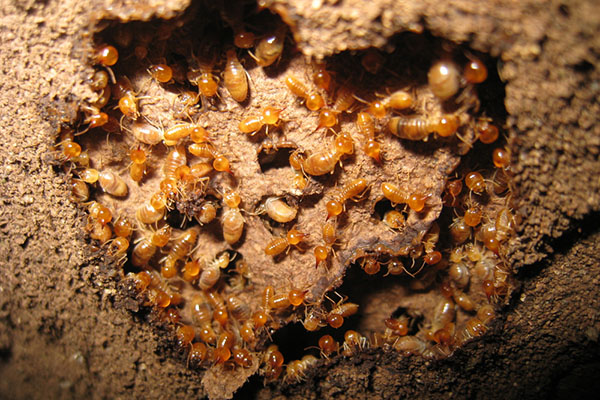HELPFUL TIPS FOR PEST AND TERMITE INSPECTIONS

Make no mistake about it, if you’re a home owner, performing termite inspections is a very dirty job, but one that someone has to do on a regular basis. It is recommended that you have a professional pest controller do a full termite inspection at least annually. The best thing you can do to avoid having termites damage your property is to prevent them from getting into your home in the first place and that’s where regular inspections play a big role.

The problem areas of a house are of course the timber elements of the construction that are often exposed in the basement and crawl space under the house. These areas should be your first point of call when looking for termites. If the wood looks damaged or doesn’t sound solid when you tap on it, then you may have a problem.
Other construction elements that you need to pay special attention to are in ground support posts, joists and sub floors. These areas are close to the soil and ground which make then easily accessible for termites. Any termite inspection you conduct should look closely at these areas.
If you’re doing your own termite inspection then one area that is often overlooked is the non-wood parts of the structure like the concrete slab, the brickwork and expansion joints. Any cracking or untreated opening gives the termites access to the inside of your building which makes it easier for them to access the wooden structures within the cavities of your home. As a side benefit to the termites, these kind of dark and damp areas are exceptional habitats for the infestation.
Finally, one often overlooked area of any termite inspection that you may perform yourself is the areas surrounding your house. Termites don’t eat wood, instead they digest it to extract the cellulose that they then take back to feed their colony. Cellulose is not unique to wood and is found in any plant based material such as paper and cardboard. Even the old tree stump in your yard needs to be inspected for termites.
The tell-tale signs of termites are mud tubes in the soil that act as a passage way from the colony to the surface, damaged wood that looks like it’s been tunnelled inside or in more extreme examples, piles of wings that the termites shed as they develop throughout their lifecycle. If you see any or all of these termite indicators, then you should call a professional pest controller right away.
In fact, it is probably the safer and less risky option to have expert pest control services in Brisbane regularly inspect your home and property on an annual basis. While it may seem like the more cost effective solution to do it yourself, the problem is that if you miss the signs or aren’t thorough enough, then you could find out too late that you have a problem. Having a proper termite inspection carried out by the best pest control Brisbane that knows the seasonal variations, the local warning signs and can offer good advice on how to best protect your property is a solid investment.
